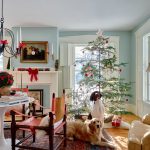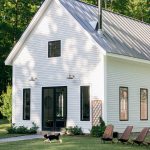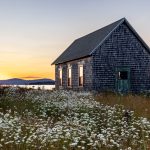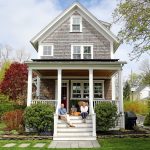Country Carpenters: 50 Years of Classic New England Style
This family-owned company marks a milestone as it continues to build on a legacy of craftsmanship and quality.
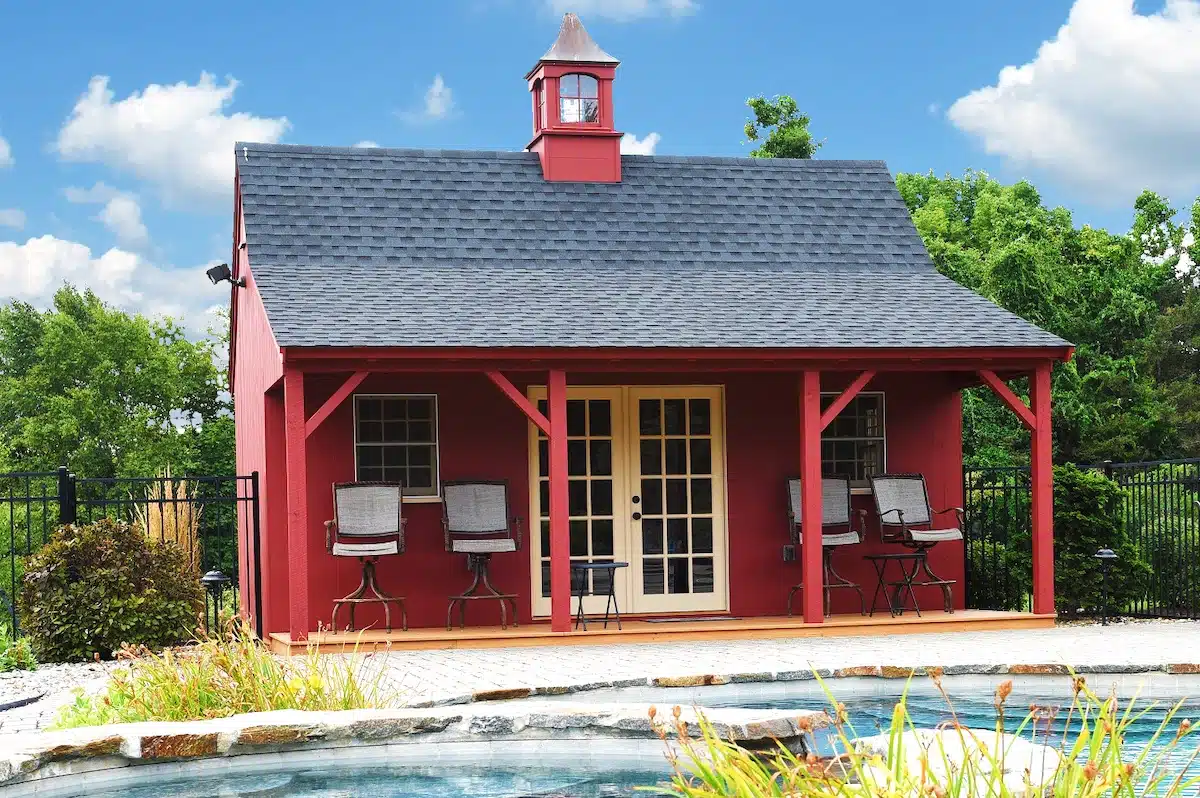
With its inviting open porch, the Country Cabin is perfect for a backyard office, holiday retreat, or — in this case — a stylish pool house.
Photo Credit: Country Carpenters, Inc.Sponsored by Country Carpenters.
To understand the allure of colonial New England, you can begin by taking a look at the work of Country Carpenters, whose handcrafted home and barn kits are inspired by the timeless architectural styles at the heart of this region’s identity. Founded in 1974, the family-owned Connecticut company offers everything from saltbox sheds to bigger designs — traditional structures that clients often put to innovative use. Here, Chief Operating Officer Josiah Loye shares more of the Country Carpenters story.
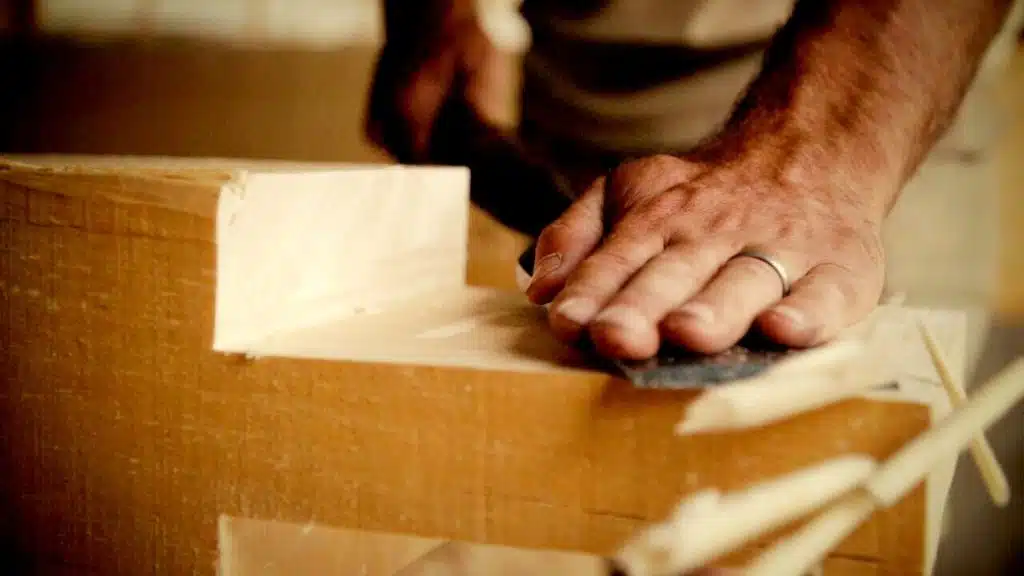
Photo Credit : Country Carpenters, Inc.
Q: Country Carpenters is celebrating its 50th year. How did it begin, and how has it grown?
A: Our founder, Roger Barrett Sr., had a strong love for post and beam barns. With his son, Roger Jr., he started disassembling old tobacco barns and reusing the timbers to build post and beam homes. Inevitably, the owners would want a small garage or barn, too, so the business evolved to the point where we put our focus on those outbuildings. In 2006, we went back to the roots of our business and started offering reproduction 18th-century-style homes. This year, to distinguish the two sides of the business, we created Post and Beam Barns to join Early New England Homes, two distinct companies under the Country Carpenters umbrella.
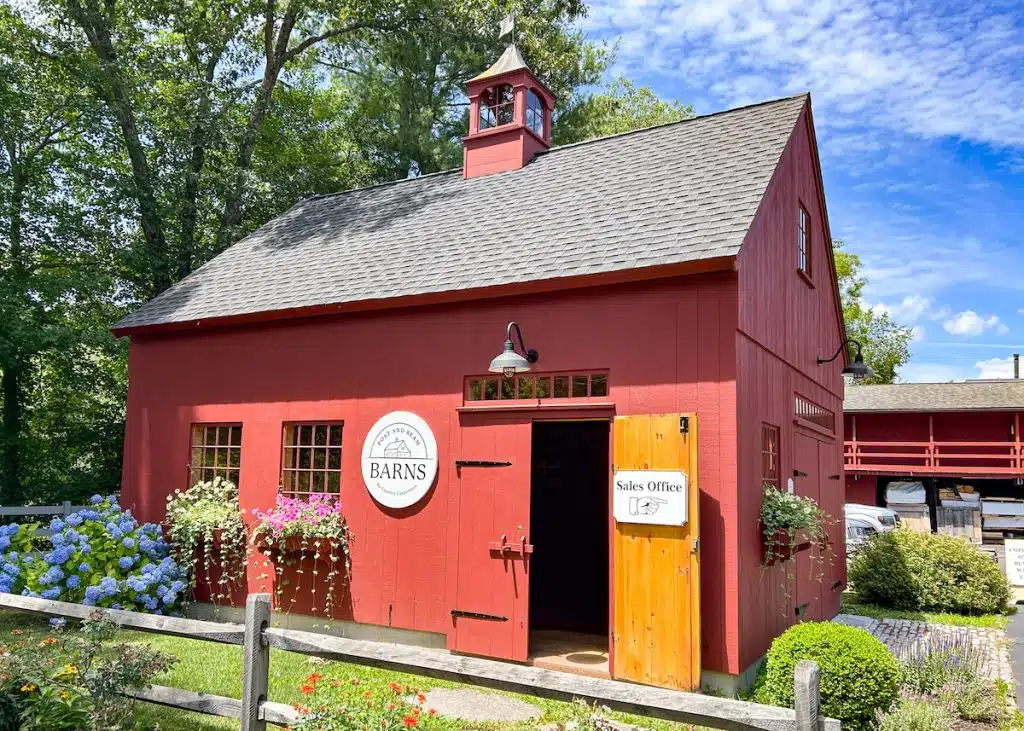
Photo Credit : Country Carpenters, Inc.
Q: What do you see as the special appeal of historic New England architecture?
A: It’s really part of the heritage of America as a whole. Many of the first Europeans to come here were boatbuilders, and they took their skills and transferred them to actually building the barns we have here today. They launched a new art form — an American art form. Today, we have a lot of New England clients, of course, but we also ship around the country and other parts of the world. We’ve sent kits to Canada, Ireland, England, and all the way to Australia.
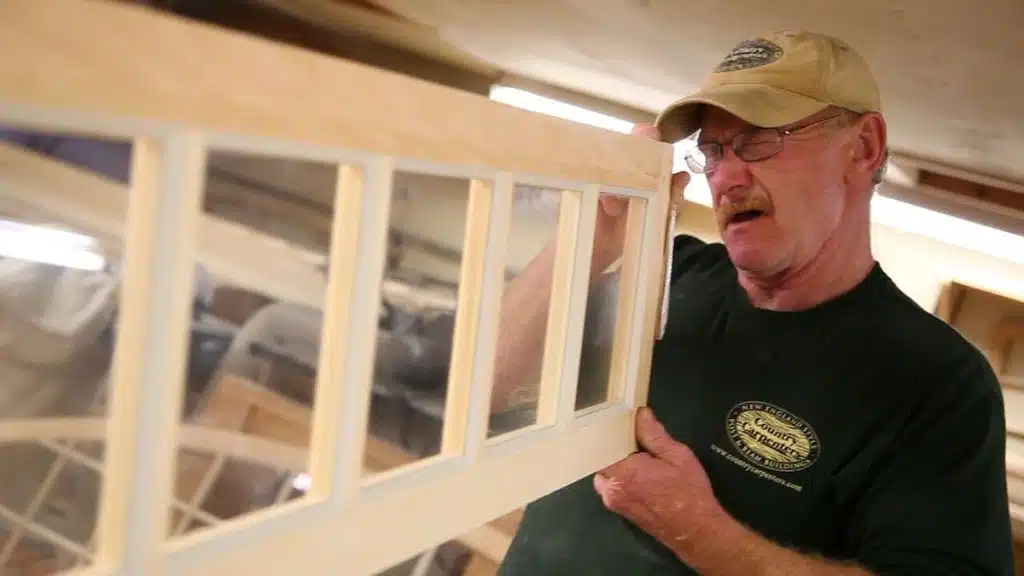
Photo Credit : Country Carpenters, Inc.
Q: Why is handcrafting such an important part of the Country Carpenters process?
A: Representing New England style goes beyond design. When you buy a building from us, you’re getting a unique piece of art. When people see our buildings, they can really sense that. You’re not just getting some mass-produced product — you’re getting something that’s beautiful and well made, and will stand the test of time.

Photo Credit : Country Carpenters, Inc.
Q: After a barn or home kit is shipped to the client, how is it constructed?
A: Many people hire builders to do this, but we make it simple enough that many homeowners with minimal construction experience have put up their own buildings, especially the smaller ones like our cabins and one-story barns. Some people are inspired to get truly ambitious. One client who I don’t think had any construction experience built one of our largest two-story barns: He just called in his friends, offered them beer and pizza, and made it a party.
The whole idea of the “barn raising” is a tradition we want to keep alive. If it’s requested, we’ll send out a crew and actually get the clients involved. They can invite their neighbors, and we’ll hand them a mallet and put them to work. You should see the joy and the smiles on everyone’s faces. People love how the work brings them all together. For the clients, they’re not just putting up a garage or a barn to store their stuff or cars. They have a building that’s actually a part of history.
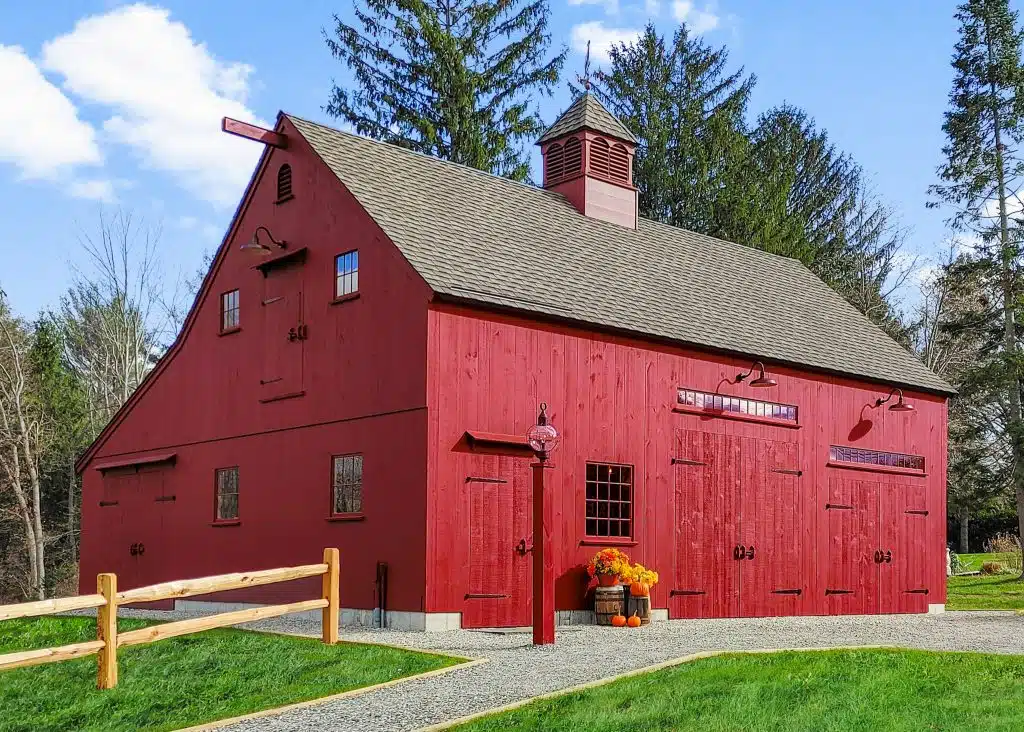
Photo Credit : Country Carpenters, Inc.
Q: How are Country Carpenters’ clients using barn spaces these days?
A: We have a lot of car collectors among our clients. People have built breweries out of our barns, or used them as wedding venues. We had one client put a golf simulator in his barn; others put in a climbing wall for their kids. Then there’s the whole barn home, which has really taken off the last few years. “Barn-dominiums” — they’re a real thing.
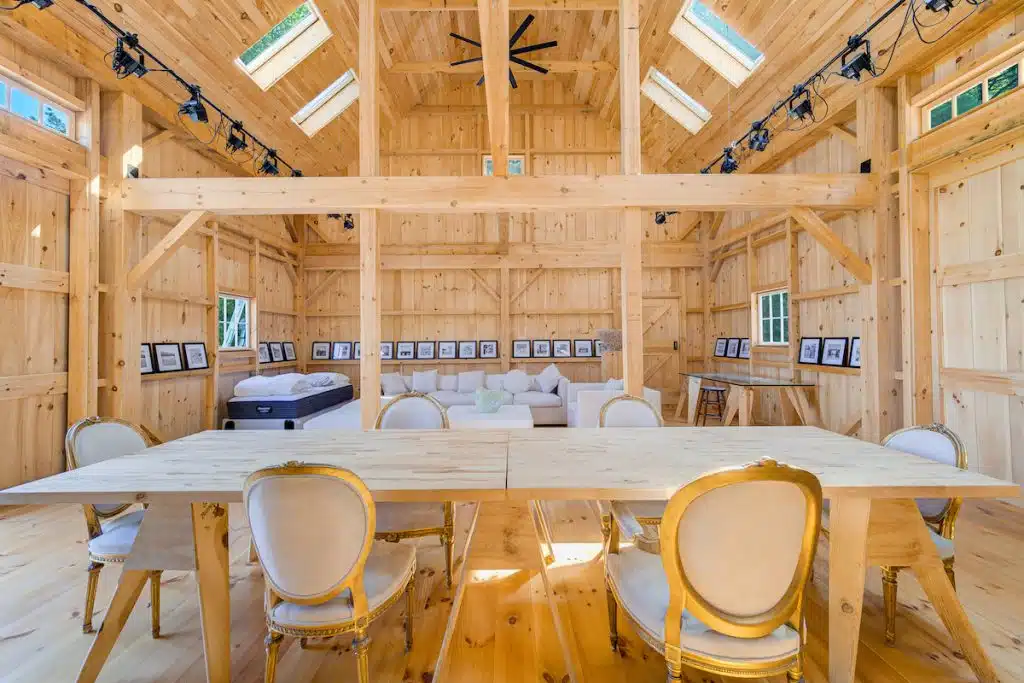
Photo Credit : Country Carpenters, Inc.
Q: Along the same lines, how has Country Carpenters helped push the whole “tiny house” movement forward?
A: We have a model called the Country Cabin, which was created in 2011. The idea for it actually came from one of our employees who had land in Vermont that he wanted to put a small building on. Today it’s one of our most popular structures. It can be a tiny home or an art studio — it offers a lot of versatility.
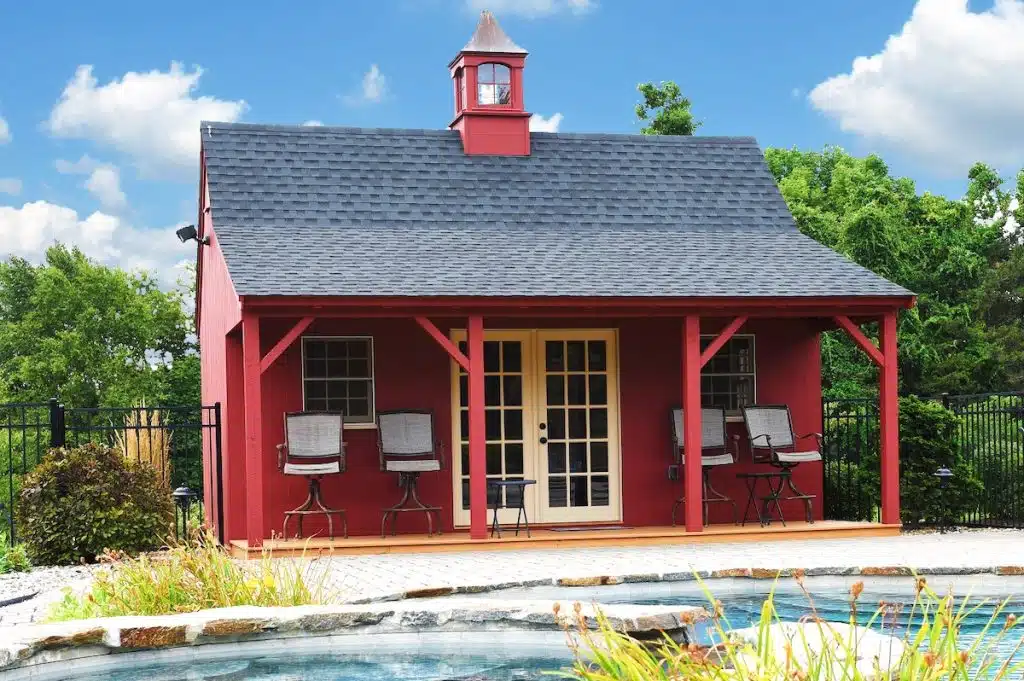
Photo Credit : Country Carpenters, Inc.
Q: What kinds of opportunities do you see for Country Carpenters in the years ahead?
A: There are a lot more millennials who are looking to purchase our barns, which we haven’t seen before — that’s exciting. In general, more and more people are wanting to learn how to build things. YouTube has really accelerated that, and so we’re working on making how-to videos that accompany each product. The way we see it, if people can feel personally a part of what it is we’re building for them, they’ll love our buildings even more.
Save the Date!
Country Carpenters hosts its annual Hebron Colonial Day celebration on Sept. 21 at its headquarters in Hebron, Connecticut. Visitors can see the working life of 1750s New England, including blacksmithing and textile work demonstrations, while also getting an up-close look at some of the company’s signature building designs. countrycarpenters.com/colonial-day




